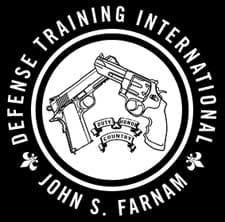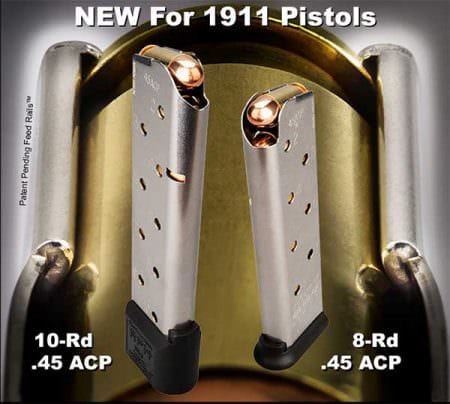By John Farnam


Ft Collins, CO –-(Ammoland.com)- Today, we learned about coatings and metal treatments. Then, we went to the range and shot 1911s all afternoon. It felt good to be carrying a 1911 again, even though, when I left the range, I was carrying my Walther PPQ!
Observations:
All metal treatments, even high-tech ones, have “side-effects.” Nothing is perfect!
For external guns surfaces, polymer is a good choice. Robar’s version is Roguard or Poly-T-Two. Both are very acceptable, and can be an any color.
Also suitable for external surfaces is QPQ, otherwise known as Tennifer or Melonite. Very hard. Also very suitable for rifle bores. However, it is so hard that subsequent machining is nearly impossible!
For internal parts, NP3 is the way to go. NP3 has integral teflon, which gives it natural lubricity. However, it is slick and thus not the best choice for slides. And, it has a silver/grey color. Other colors are not possible.
“Hard chrome” plating is obsolete. There are superior choices for surface treatment today. Hard-chrome barrels are notoriously inaccurate, because of inherent unevenness of the plating.
Nickel plating is also mostly obsolete. It is of interest only by those who want “shiny” guns.
Ceramic coating (Cerakoat) has excellent high-heat tolerance and are thus suitable for some parts of full-auto guns. However, ceramic has no inherent lubricity.
Smoking and coffee-drinking lowers blood PH, making bodily fluids, particularly sweat, acidic and thus corrosive to pistols worn close to the skin. Smokers and coffee-drinkers typically have to deal with rusty guns, even in dry climates! They will particularly benefit from modern, high-tech metal treatments.

7-round 1911 magazines, particularly those by Colt and Chip McCormick, and subsequently treated with NP3, run best. No problems in any of the guns we used. 8-round magazines, treated or not, did not run well!
For one, I was more accurate today shooting 1911s than I was yesterday shooting Glocks, even those with the wonderful Overwatch trigger! I surely like the magazine capacity of G19s, et al, but the longer sight radius of the five-inch 1911 made a significant difference. No doubt!
ARs tomorrow!
/John
About John Farnam & Defense Training International, Inc
As a defensive weapons and tactics instructor John Farnam will urge you, based on your own beliefs, to make up your mind in advance as to what you would do when faced with an imminent and unlawful lethal threat. You should, of course, also decide what preparations you should make in advance, if any. Defense Training International wants to make sure that their students fully understand the physical, legal, psychological, and societal consequences of their actions or inactions.
It is our duty to make you aware of certain unpleasant physical realities intrinsic to the Planet Earth. Mr Farnam is happy to be your counselor and advisor. Visit: www.defense-training.com

John, I have great respect for you but for 25 years I’ve been running plain, untreated, un-lubed, 8 and 10 round Chip McCormick mags, including at Gunsite, in two identical SA full size 1911’s and had no magazine related problems. And for range work, I don’t even clean them. Go back and do it again must be a bad batch.
Joe, I agree with you. I have never had issues with McCormick base-model “Shooting Star” magazines save spring sack after years of loaded status or use, and “+5%” Wolff springs took care of that.
I’ve also had no issues with Novak’s bright nickel plated 8 round magazines, and am testing Wilson/Vickers stainless magazines for functional reliability now.
Cheers.
David